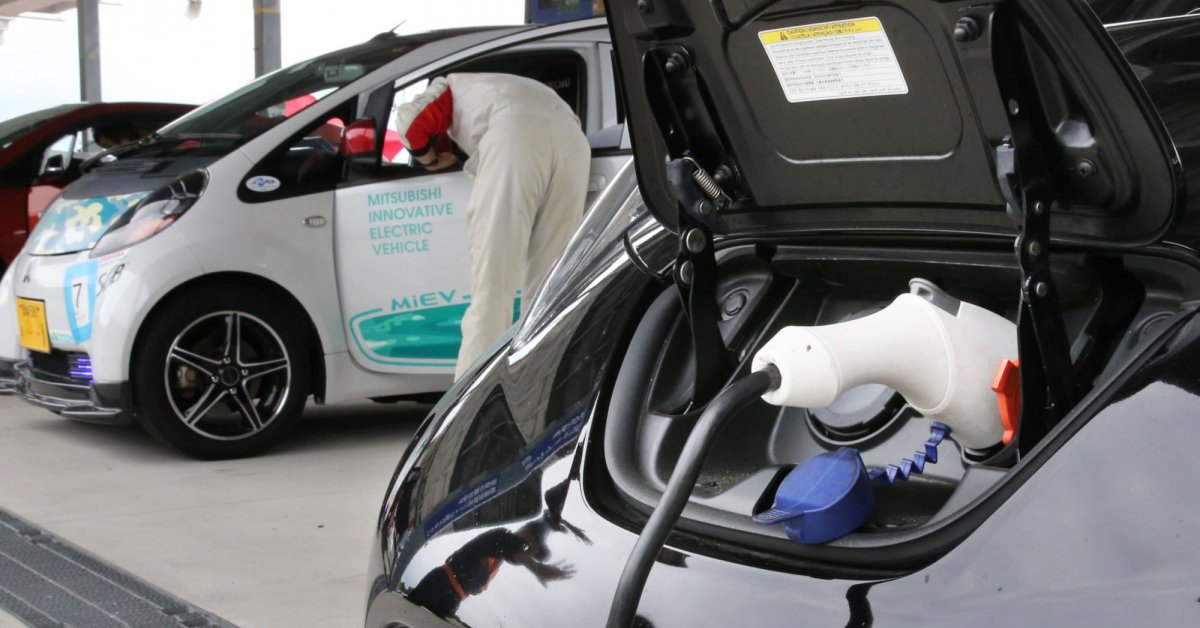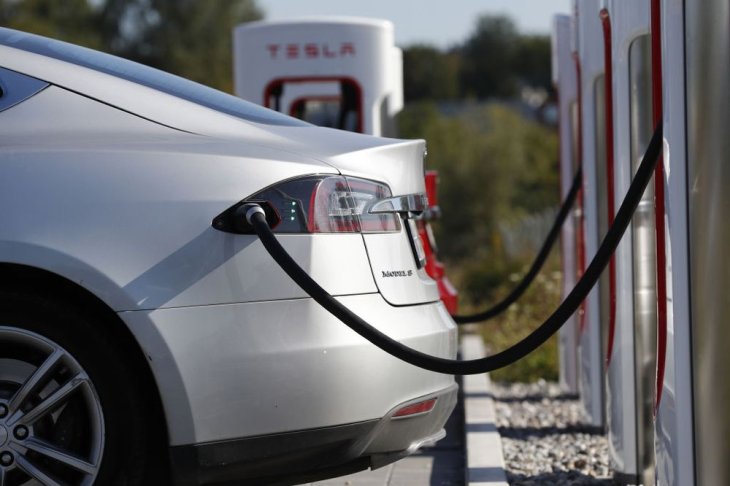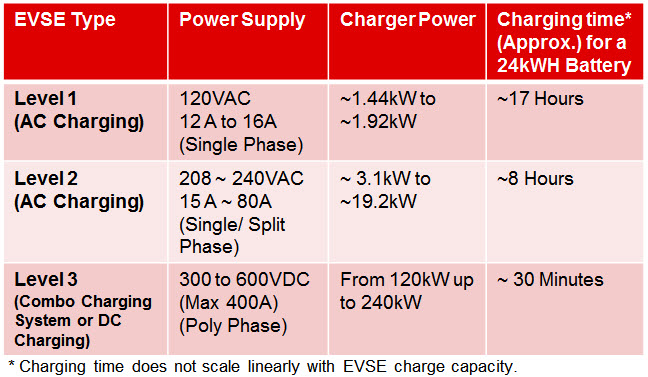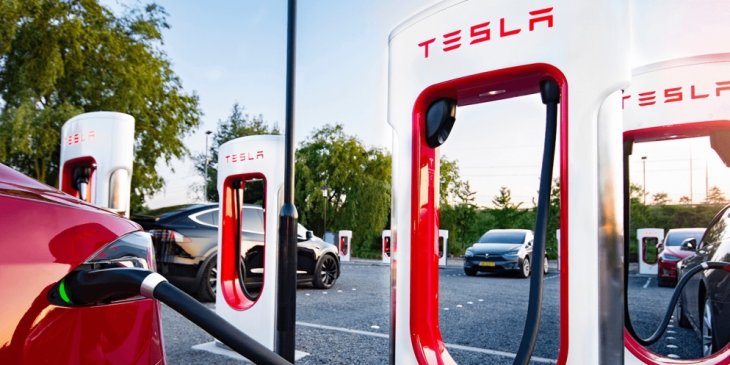The Process That Electric Vehicles Refill With Chargers
Chitanis - Sep 03, 2019

With the growing popularity of electric vehicles, different components have been invented and improved to meet the need from all kinds of customers
- Battery Bike: How Much Does The Battery Cost? What Type Is The Best?
- This Electric Car Battery Takes Only 5 Minutes To Recharge
- Looking For The Best Electric Bike In India 2021? Take A Look At These
If you're fascinated by electric cars, you should have knowledged about the process of charging them and the way to figure the charging types and speeds.
All over India, electric vehicles (or EVs) has become popular, which makes many manufacturers, such as Hyundai, Ather, and Revolt, often brag about their EVs around the nation. Among various aspects of an EV, its power has caught the most attention. The power relies on vehicle specification, power rating, cabling requirements, and connector type.

The power-release through DC (Direct Current) and AC (Alternating Current) is essential in the charging process of an EV. With each charger type, each charging network, each vehicle type, or other characteristics, the power release will be different. Today the article will explain EVs’ charging process.

Until now, EVs’ charging system has three kinds, including slow, fast, and rapid. Slow chargers can release up-to-3kW power, which allows them to be used for overnight refilling. These often takes about six to twelve hours to refill a pure-EVs battery fully. To carry out the slow charging, EV manufacturers must provide the vehicles with a Type 2 or 3-pin socket. However, DC charging is required to go with slow chargers.
Fast chargers can release up-to-22kW power, which allows an EV’s battery to be fully refilled in four hours. However, EVs have to be equipped with Type 2 or Type 1 sockets. Like the slow chargers, DC charging needs to go with fast chargers.
In contrast to the two types above, rapid chargers have two varieties, including DC and AC. Presently, the majority of Rapid DC chargers can release 43kW power, while Rapid DC chargers can release at least 50kW power. Both can refill up to eighty percent of EVs’ battery within an hour. Type 2 connector is required to go with Rapid AC; meanwhile, EVs powered by Rapid DC need Tesla Type 2 connector or CCS, CHAdeMO.
Once the EVs’ batteries reach eighty percent, rapid chargers must power down to protect and prolong the batteries’ life. Many anticipate the increase in the power deliverance of rapid DC chargers’ next generation to 150kW and then 350kW, which means that the charging times will be reduced. Currently, the fastest rapid DC chargers, which delivers 120kW power, belongs to Tesla.

Although the superchargers of Tesla are the fastest chargers available, they aren’t globally widespread. Therefore, if you have the intention of getting a Tesla outside America, you're recommended to bring along an adapter.
Additionally, you should bear in mind that apart from the US, foreign countries don’t build such a huge system of charging stations to provide support for an electric ecosystem. Not only India but many countries will face a lot of difficulties and spend a huge amount of time to cover an extremely large area with running charging stations. What’s more, numerous developing countries will have to deal with the problem of power theft.
In the market, one of the most sought-after connectors is CHAdeMO. In addition, it’s considered one of the EV manufacturers’ most welcomed connectors. Many popular types of cars, such as Hyundai Ionic Electric, VW e-Golf, and BMW i3, also use CHAdeMO. Meanwhile, Renault Zoe is the only type that is able to come with Rapid AC charging. However, the number of EVs that go with an AC charger is quite small, but an AC charger is not used. Instead, the charger converts the AC to DC one and after that sends the current to the vehicle. Hyundai Kona is an excellent example of this procedure.
Featured Stories

Features - Jul 01, 2025
What Are The Fastest Passenger Vehicles Ever Created?

Features - Jun 25, 2025
Japan Hydrogen Breakthrough: Scientists Crack the Clean Energy Code with...

ICT News - Jun 25, 2025
AI Intimidation Tactics: CEOs Turn Flawed Technology Into Employee Fear Machine

Review - Jun 25, 2025
Windows 11 Problems: Is Microsoft's "Best" OS Actually Getting Worse?

Features - Jun 22, 2025
Telegram Founder Pavel Durov Plans to Split $14 Billion Fortune Among 106 Children

ICT News - Jun 22, 2025
Neuralink Telepathy Chip Enables Quadriplegic Rob Greiner to Control Games with...

Features - Jun 21, 2025
This Over $100 Bottle Has Nothing But Fresh Air Inside

Features - Jun 18, 2025
Best Mobile VPN Apps for Gaming 2025: Complete Guide

Features - Jun 18, 2025
A Math Formula Tells Us How Long Everything Will Live

Features - Jun 16, 2025
Comments
Sort by Newest | Popular